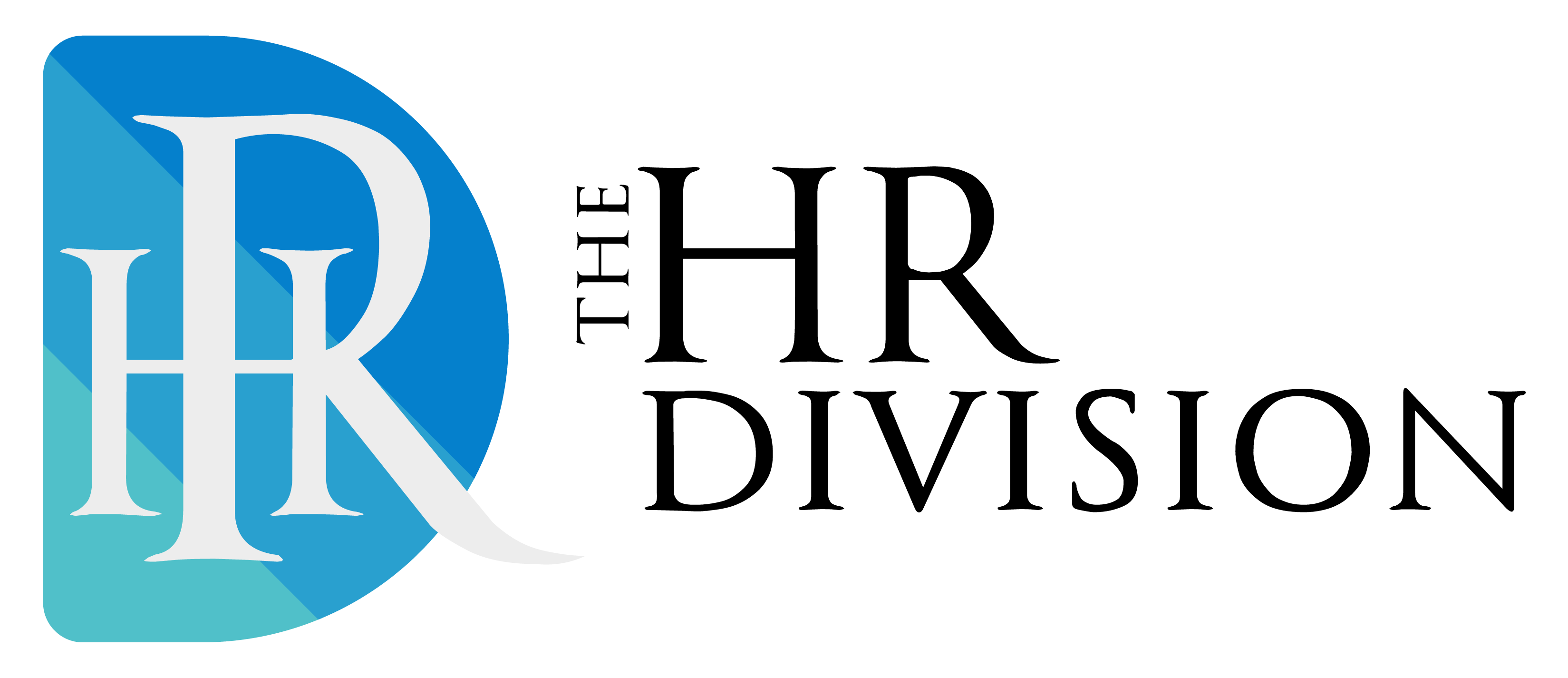As the world is adjusting to the new normal, even the post-pandemic work environment will experience a dramatic change. While many companies are resuming office work, the office environment will be different. Here are some of the changes to expect back at work:
Technology Upgrades to Promote Automation
Remote working introduced new technologies that enabled employees to work together and accomplish their goals. As workers return to offices, many organisations seek technological solutions to make their work environment safe. A significant concern is contaminated surfaces, which can rapidly spread the virus. Many companies are using automation technology to reduce contact with contaminated surfaces.
For years, top offices have had motion-activated doors, and other commercial buildings are introducing the technology to reduce contact. Voice-activated technologies are also rising in popularity for opening doors instead of using cards. Some companies may also adopt new sanitisation stations for measuring temperature and testing for COVID-19 at entrance points.
Sanitary Work Environments
In the post-pandemic work environments, dirty surfaces will be considered a health hazard. Many businesses did not pay for professional cleaning services in the past, and some only paid for surface-level cleaning. However, with the heightened concern for sterilised workstations, many companies will employ professional cleaners and sterilise daily work environments. Many companies are redesigning their offices using germ-resistant and easy to wipe materials. Carpets in offices are also becoming obsolete since they attract germs.
Apart from cleanliness at work, new offices will have improved air filtration systems to improve ventilation in the working area. Advanced HVAC systems with specialised filters can reduce the spread of germs in offices.
Flexible Schedules
Traditional office hours run from 9 am to 5 pm, but employees had to juggle home life and office work when they started working from home. That means they couldn’t manage the set time, and employers had to adjust to flexible working times to accommodate both professional and home life. As workers resume office work, many companies are sticking to flexible schedules. Therefore, employees are not under pressure to reply to messages and emails all through the day. The new work culture gives employees the freedom to make choices about their working conditions. In addition, companies can maintain agility and teamwork within the organisation.
Limited Interactions
Since crowds are common breeding grounds for Coronavirus, many companies will limit employee interactions by reducing large gatherings. Employees have to forget company parties and conferences as they return to work. As a result, workers will have limited time for interactions with their colleagues at work. While it will curb the spread of COVID-19, it can weaken the team spirit, and maintaining personal bonds will be challenging. Most staff meetings and conferences will also be through video conference calls. Having all employees at work at the same time could also be phased out due to health risks. Therefore, organisations will adopt staggered schedules, and employees will come to work on specific days and work the rest of the week remotely.
Redefinition of the Physical Workplace
Open office plan has been the trend for office layouts since it promotes collaboration. Many businesses have been using cubicles between work desks and reserving offices for upper management. Unfortunately, open floor plans can increase the spread of Coronavirus. Many companies will revert to traditional offices or separate work desks using Plexiglass to increase social distancing at work. The spacing of desks will also be in line with COVID-19 regulations. With the space constraints from the six-foot distance between desks, companies will require additional office space to accommodate the entire workforce. Some companies will adopt permanent remote work, staggered schedules or lease additional offices to accommodate the changes.
Introduction of New Office Perks
Friday happy hours, pool tables, and onsite gyms were common perks in many companies to attract top talent. Unfortunately, most perks can expose employees to COVID-19 through direct contact with contaminated surfaces and physical interactions. As a result, employers have to rethink their perks and find new safe ones during the pandemic. Some rewards to consider for your employees include introducing online learning to help employees improve their skills or fitness apps to try out at home. Free parking can also benefit employees since they won’t have to use public transport. Apart from incentives, some companies are introducing new benefits to promote employees’ wellbeing. For instance, some organisations are introducing healthcare plans covering COVID-19, unlimited paid sick leave, work-from-home stipend and resettlement benefits.
Rise in e-Commerce
Before COVID-19, customers could visit your business premises any time to place an order or pick their purchases. With the health concerns of customer visits, many businesses opt for e-Commerce to limit direct contact between their employees and customers. Therefore, workers should expect reduced physical interaction with customers and increased online business in the post-pandemic work environment. Some employees may need to learn new skills to help them adapt to the changing business models. For instance, they need to learn new marketing methods to promote their e-commerce platforms.
Less Business Travel and More Online Meetings
Before the Coronavirus pandemic, business travel was the norm for meeting new clients, organising mergers and attending conferences. With the cessation of movement and travel restrictions, companies reduced business travel. Instead, employees have to conduct overseas business online via Zoom. Even as many countries remove travel restrictions, employers are unlikely to re-introduce business travel for non-essential business. Instead, many employers will set up video conferencing centres in their offices for virtual participants to meet regardless of the location. This move also reduces travel expenses for businesses.
Less Business Travel and More Online Meetings
Creative office spaces may be a thing of the past, but companies will introduce outdoor spaces for interactions. Workers can use the outdoor spaces for meetings since they will have adequate space for social distancing. Besides, the fresh air can reduce the spread of germs. Some of the outdoor areas can also be working spaces for employees who need fresh air.
Many companies may adopt a remote working model indefinitely. However, those hoping to adopt a hybrid model need to make the necessary adjustments to make the work environment safe for employees.







